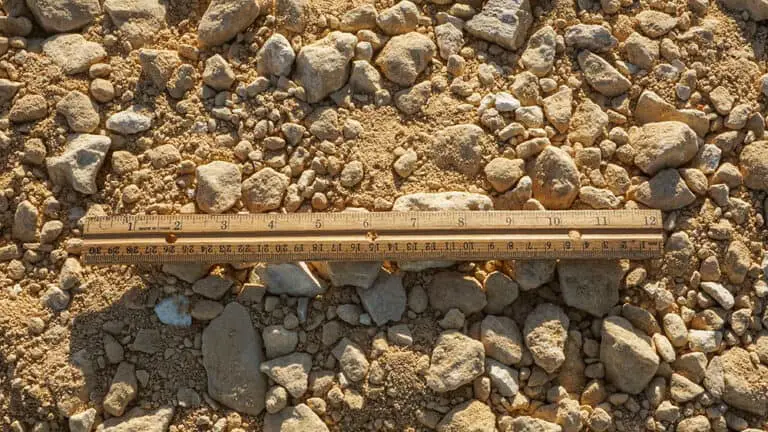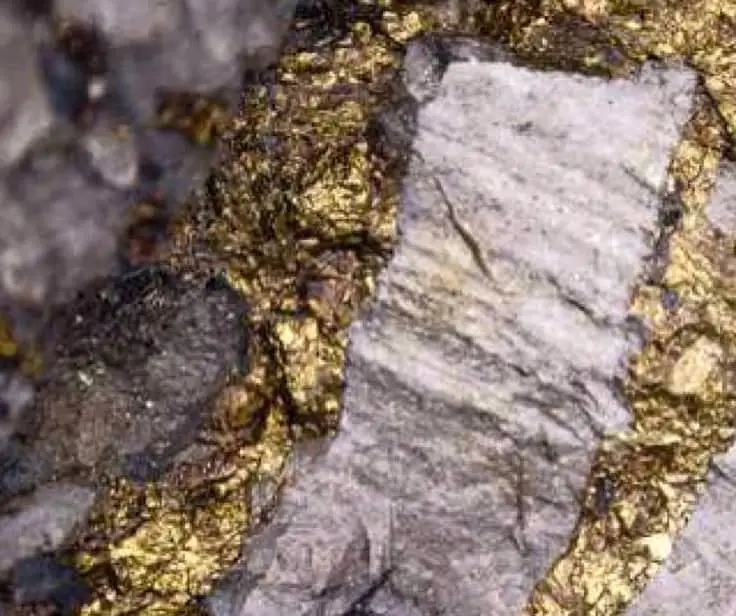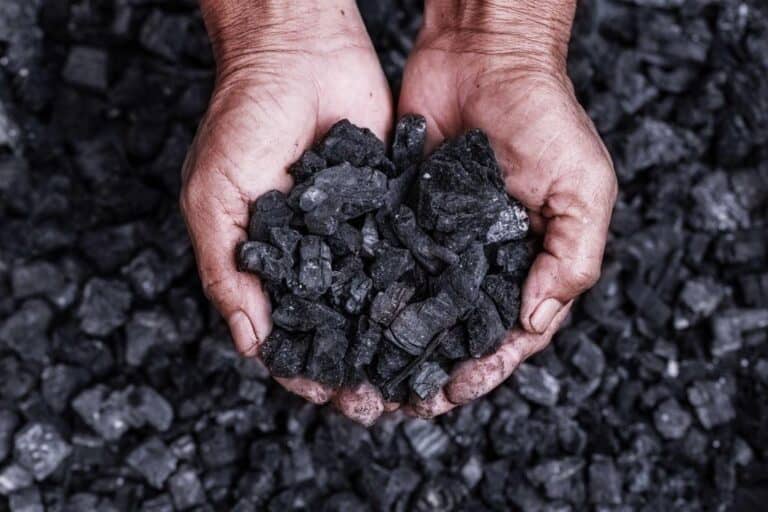Is Separating Sand From Gravel a Physical Change or Chemical Change?

When it comes to separating sand from gravel, you may wonder whether it’s a physical or chemical change. The answer lies in understanding the characteristics of each type of change and analyzing the process of separating sand from gravel.
In this article, we will discuss the difference between physical and chemical changes, the process of separating sand from gravel, and whether it’s a physical or chemical change.
Physical Changes vs Chemical Changes
Physical changes are changes in the physical properties of matter that do not change its chemical composition. In other words, the substance remains the same, but its appearance or state changes.
Examples of physical changes include changes in the state of matter, such as melting or boiling, changes in the shape or size of an object; and changes in the density of a substance.
On the other hand, chemical changes involve a change in the chemical composition of matter, resulting in the formation of a new substance. During a chemical change, bonds are broken and new bonds are formed, resulting in a new chemical composition. Examples of chemical changes include rusting, combustion, and cooking.
How Do You Separate Sand From Gravel?
Separating sand from gravel is a common task in various industries, including construction, landscaping, and mining. The separation process is necessary because sand and gravel have different physical properties, and often need to be used for different purposes.
Fortunately, there are several methods for separating sand from gravel, and each method has its own advantages and disadvantages.
1. Using Sieve or Screen
One of the most common methods of separating sand from gravel is by using a sieve or a screen. A sieve is a tool that has holes of a certain size, allowing smaller particles, such as sand, to pass through while larger particles, such as gravel, are retained.
Sieves come in different sizes, depending on the size of the particles being separated. For example, a sieve with holes of 1 mm would be used to separate very fine sand from gravel, while a sieve with holes of 10 mm would be used to separate larger stones from sand.
To use a sieve, the sand and gravel mixture is placed on top of the sieve, and the sieve is shaken or vibrated. The smaller particles, such as sand, will fall through the holes, while the larger particles, such as gravel, will remain on top of the sieve. This process can be repeated multiple times with different sieves of different sizes to achieve a more precise separation.
2. Using Water
Another method of separating sand from gravel is by using water. This method is particularly useful when the sand and gravel mixture is wet or has a high moisture content.
To separate the two, a stream of water is directed at the mixture. The force of the water carries the lighter sand particles away, leaving the heavier gravel particles behind. This method is called hydraulic washing, and it can be done on a large scale in rivers or streams, or on a smaller scale using a hose or bucket.
3. Using Gravity
A third method of separating sand from gravel is by using gravity. This method is particularly useful when the sand and gravel mixture has a significant size difference between the particles.
To separate the two, the mixture is poured into a container and left to settle. The larger and heavier gravel particles will settle to the bottom, while the lighter sand particles will remain on top. The sand can then be removed from the top of the container, leaving the gravel at the bottom.
Analysis of the Process in Relation to Physical and Chemical Changes
Based on the process of separating sand from gravel, we can conclude that it is a physical change. Here’s why:
- No new substance is formed during the process.
- The sand and gravel retain their chemical composition and identity.
- The process only involves the separation of the two substances based on their physical properties.
The process of separating sand from gravel relies on the fact that the two substances have different physical properties. Sand particles are smaller and lighter than gravel particles, which means they settle at the bottom of a container when shaken or stirred. Gravel particles, on the other hand, remain at the top, making it easy to pour off the top layer.
The physical properties of sand and gravel make it possible to separate the two substances without changing their chemical composition. The process is reversible, which means the sand and gravel can be mixed again without any chemical changes occurring.
Why is Separating Sand From Gravel a Physical Change?
To understand why separating sand from gravel is a physical change, it is important to understand the physical properties of sand and gravel. Sand and gravel are both granular materials that are made up of different sized particles. Sand particles are smaller than gravel particles, with a diameter ranging from 0.063 mm to 2 mm, while gravel particles have a diameter of 2 mm or larger.
When sand and gravel are mixed together, they form a heterogeneous mixture that can be separated using physical methods. The most common method of separating sand from gravel is by using a sieve or a screen. The sieve is a tool that has holes of a certain size, allowing smaller particles, such as sand, to pass through, while larger particles, such as gravel, are retained.
During the separation process, the sand and gravel are physically separated from each other, but their chemical composition remains unchanged. The sand is still made up of silica (SiO2), while the gravel is still made up of various minerals, such as granite, limestone, or sandstone. Therefore, the separation of sand from gravel is a physical change, not a chemical change.
Conclusion
In conclusion, separating sand from gravel is a physical change because no new substances are formed during the separation process. While both sand and gravel have different physical properties, their chemical compositions remain unchanged during the separation process.
Understanding the difference between physical changes and chemical changes is important in science because it helps us understand how matter behaves and how different properties can be observed. So, the next time you’re separating sand from gravel, you’ll know that it’s a physical change and not a chemical change!






